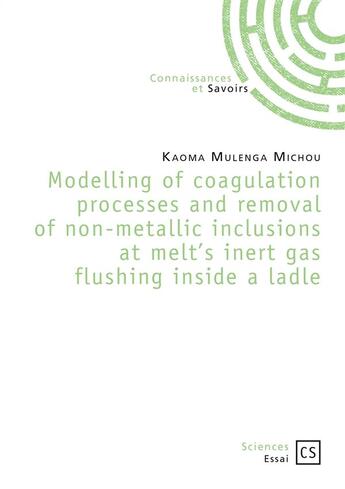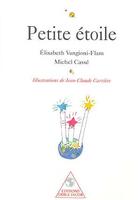Résumé:
The present work is devoted to optimization based upon physical and mathematical modelling of calcium treatment processes for low-alloy steel grades in Ladle, using Steel Refining Unit (SRU). The widely applicable method of calcium injection into ladle on Steel Refining Unit by means of... Voir plus
The present work is devoted to optimization based upon physical and mathematical modelling of calcium treatment processes for low-alloy steel grades in Ladle, using Steel Refining Unit (SRU). The widely applicable method of calcium injection into ladle on Steel Refining Unit by means of Flux-Cored Wire (FCW) or the method of silicocalcium blowing-in often requires significant flow rate of calcium containing alloys to ensure the necessary concentration of calcium and sulfur in the finished steel. Methods of mathematical modelling are widely applied for the purpose of improvement of calcium alloys injection modes into ladle. However, mainly heating processes in the ladle are taken into consideration in this connection; meanwhile hydrodynamic processes are accounted only partially. At the same time, interfacial reactions of the metal with steam bubbles play a significant role in the processes of interaction between calcium and supernatant liquid, whereby sulfur and oxygen that are dissolved in steel take part in the reactions described above. Nevertheless, only single quantitative estimates are known for kinetics of mass exchanging processes in the ladle. Finally, efficiency of calcium treatment depends on chemical composition of steel. Probability of low-melting calcium aluminates formation, which ensure improvement of pouring capacity, depends not only on the frequently used proportion of [Ca] to [Al], but also on conditions of steel oxidation and sulfur content in the steel. Therefore, optimization of injection modes for calcium containing alloys based on the thermodynamic and kinetic analysis of steel deoxidation and modification conditions, as well as on the mathematical modelling of mass exchanging processes, represents a crucial scientific and technical challenge of nowadays.
Donner votre avis
















